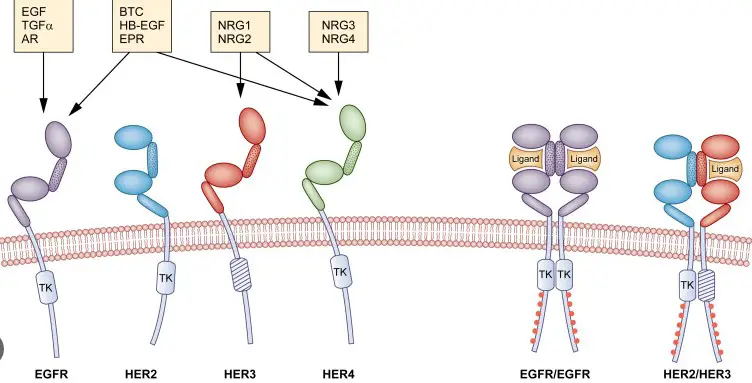The world of biology is a complex and fascinating one, and it is full of specialized terminology and concepts. In this article, we will discuss the differences between protomers and capsomeres.
We will look at what they are, the roles they play in the cell, and how they are related to each other. By the end, you should have a better understanding of these two important components of molecular biology.
What are protomers

Protomers and capsomeres are two terms that can get a bit confusing. To understand the difference between them, it helps to know a bit more about their structure. Protomers are the individual protein subunits that make up a capsomere, which is the structural unit of a capsid.
A capsid is a protein shell that encases and protects a virus’s genetic material. Protomers are arranged in a specific shape to form a capsomere, which acts as the building blocks for the larger capsid.
Protomers are also known as capsomeres, but they are not the same thing. While protomers are the individual proteins that make up a capsomere, capsomeres are the structural units of a capsid.
What are capsomeres

Capsomeres are structures composed of several protein subunits called protomers. These structures are found in viruses and are responsible for the virus’s shape and size.
While protomers are the individual components that make up the capsomere, each capsomere is composed of several protomers that are arranged in a specific pattern. This pattern is determined by the specific type of virus and is essential for the virus to be able to function properly. In addition to their structural role in viruses, capsomeres are also involved in binding to host cells to initiate infection.
The difference between protomers and capsomeres is that protomers are the individual protein subunits, while capsomeres are the larger structures composed of several protomers.
Structure and function of protomers

Protomers and capsomeres are both important components of the structure and function of proteins. Protomers are small protein subunits that join together to form a larger protein complex. Capsomeres are larger protein structures that are made up of several protomers, which are held together by a scaffold or matrix.
The difference between protomers and capsomeres lies in their size and complexity. Protomers are much smaller and simpler in structure than capsomeres, allowing them to provide stability and flexibility to larger proteins.
On the other hand, capsomeres are larger and more complex in structure, providing the structural framework for larger proteins. The combination of protomers and capsomeres gives proteins their unique shape, strength, and function.
Structure and function of capsomeres
Capsomeres are the structural building blocks of viruses, and are composed of several individual protomers that are connected together. The protomers are the individual protein subunits that make up the capsomere, and they are arranged in a specific pattern.
The arrangement of protomers within the capsomere determines the structure of the virus. The difference between protomers and capsomeres lies in their function. Protomers provide the structure of the virus, while capsomeres act as a protective shell that guards the virus’s genetic material.
This dual role of capsomeres allows viruses to survive and propagate within their host.
Comparison of protomers and capsomeres
When it comes to understanding the differences between protomers and capsomeres, it can be helpful to think of them as a combination of the two terms. Protomers are the individual units that make up a larger structure, while capsomeres are the larger structures that are created when several protomers join together.
In other words, protomers are the “building blocks” of capsomeres. Protomers are typically made up of proteins, while capsomeres are composed of several protomers that are assembled in a specific way, allowing them to perform specific functions. This assembly of protomers gives capsomeres the ability to carry out a variety of tasks, including the formation of cell membranes, the creation of viruses, and the protection of cells from environmental stressors.
Although both protomers and capsomeres have unique roles to play in the body, the main difference between them is the size and complexity of their structures. Protomers are much smaller and simpler than capsomeres, which are composed of several protomers and are more complex.
Final Touch
In conclusion, protomers and capsomeres are two distinct components of a virus. Protomers are composed of a single protein subunit that make up the capsid of a virus, while capsomeres are pentameric or hexameric protein complexes that form the outer shell of the virus. Protomers are essential for the assembly of the capsid, while capsomeres provide the structural integrity of the virus.
Protomers are essential for the assembly of the capsid, while capsomeres provide the structural integrity of the virus. Both components are necessary for the virus to replicate and survive in its environment.

